How to Care for Spring Bulbs Once They’ve Bloomed
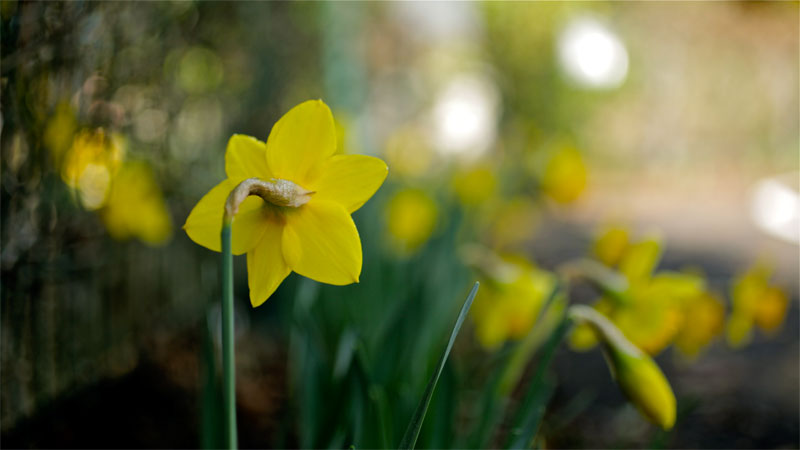

I’m one of those crazy people that loves winter. Not necessarily winters that start in September and end in June (like so many we’ve had living in the Sierra Nevada) but rainy days, snowy days, soups, winter veggies, boots, scarves and a reason to wear wool — from December to March if I could order it up — because then it’s time for spring, right?
I guess what I really mean is, what would life be without seasons and the package deal that comes with each? You might wholeheartedly disagree but my hardwiring tells me I can’t have one without the other. Summer heightens fall and so on to winter and, unless climate change throws us a curve ball, winter means the promise of spring, the lengthening of days, planting seeds, returning birds and spring flowering bulbs.
Like glowing garden sprites, bulbs such as daffodils seem to pop up magically from the soil, nodding their brilliant heads as if to say, “hey, I’m over here… get ready — wake up!” An internal switch is flipped and I can’t help but get geared up an ready for action. Do you feel this way too?
If you haven’t planted bulbs in your garden this is a perfect time to figure out where you’d like to place them in the fall. Views from windows, along paths and entrances are all locations to consider. The type of bulbs you choose can be determined based on the color scheme of your garden or how much energy you’d like to spend protecting them. Tulips, for example, are favorites of squirrels and other critters and typically need gopher wire to protect them. However, the toxicity of daffodils and the strong aroma of alliums provide them built in protection.
Here are a 5 tips to ensure your bulbs come back year after year for your annual wake-up call:
- Deadhead blooms when they fade. This will direct energy otherwise used to produce seeds back to the bulb.
- Wait until leaves naturally yellow before tidying up and trimming them to the ground. Don’t braid, tie together or trim early. It’s important for leaves to do their job and restore as much energy to the bulb as possible.
- If you’d like to avoid the messy look of bulbs after their bloom period tuck them in between other plantings such grasses, herbaceous perennials or low lying woody perennials.
- Plant in medium to rich, well draining soil in the fall. You may be able to squeeze in planting as late as January if you have a warming period.
- Bulbs typically don’t need much care, especially if you’re working with good soil and you’re within preferred hardiness zones. However, if you need to, fertilize or compost when planting or in early spring when plants are emerging.
Listen
Buy The Book
Special offers
Newsletter Signup

Archives
Disclosure
Pass The Pistil is a participant in the Amazon Services LLC Associates Program and other affiliate programs such as Etsy, affiliate advertising programs designed to provide a means for sites to earn fees by advertising and linking to curated affiliate sites.

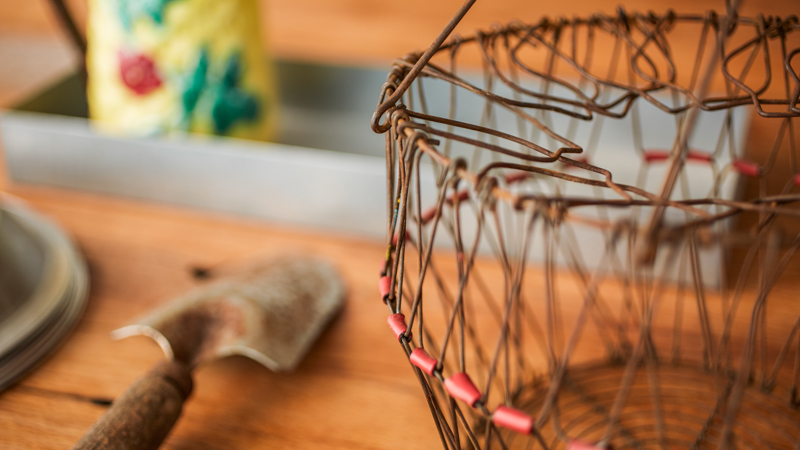








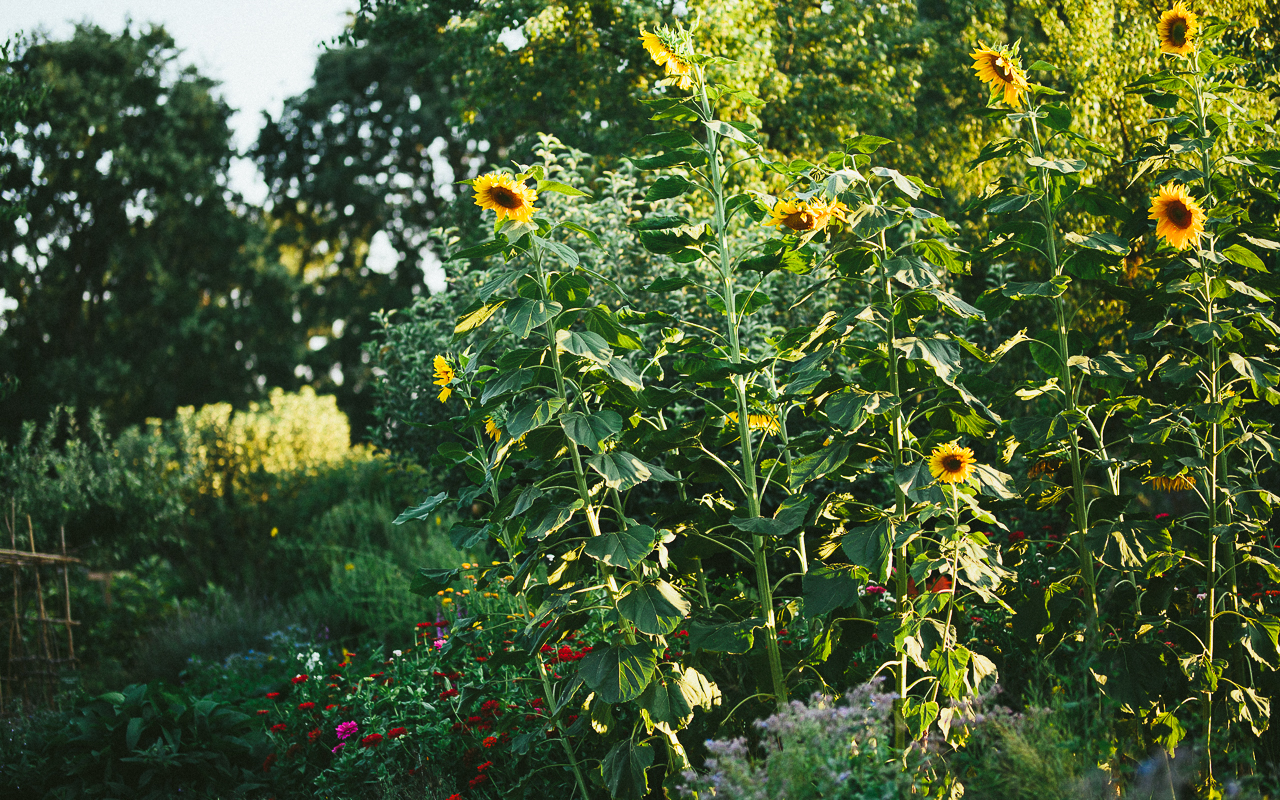
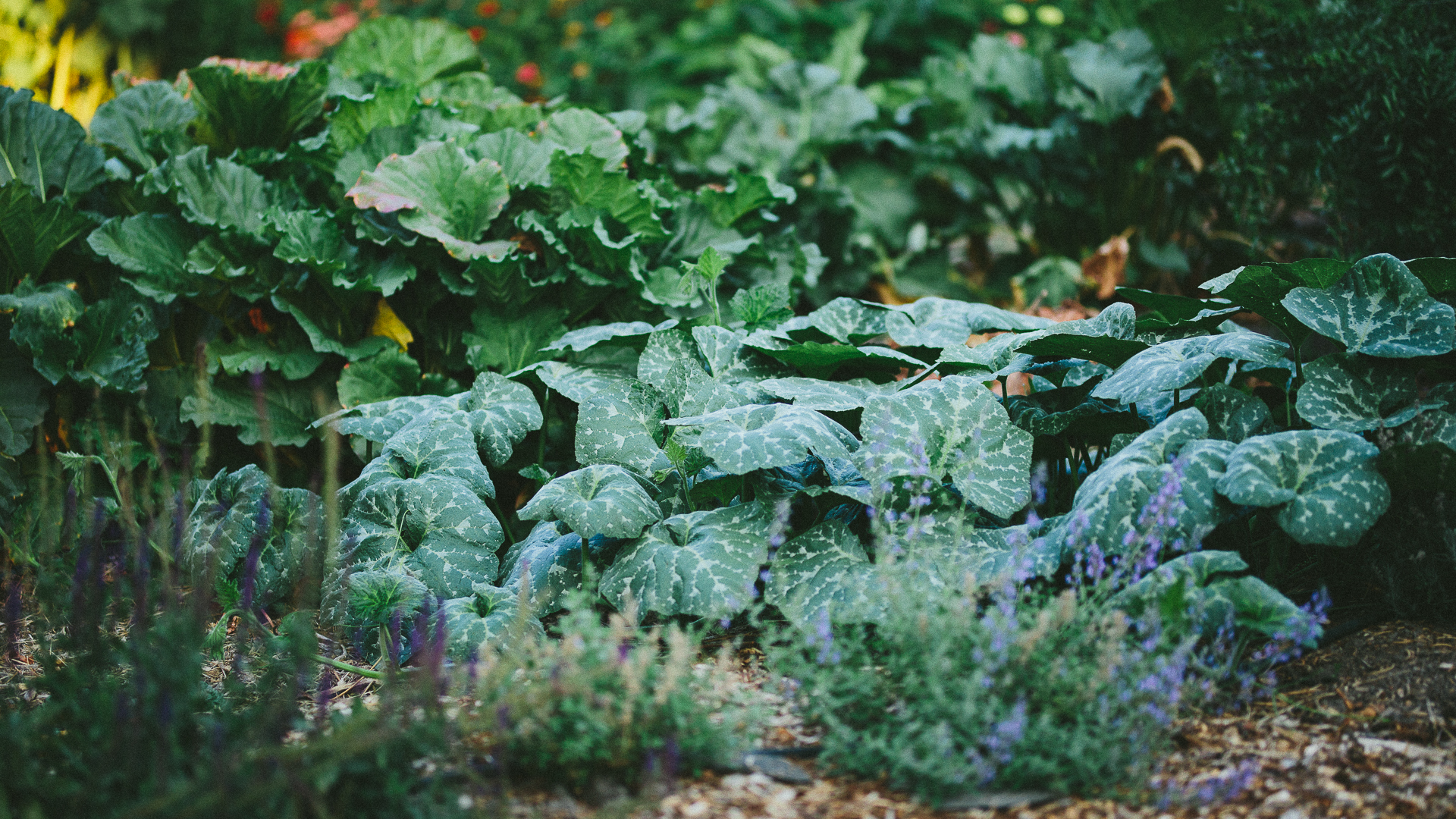
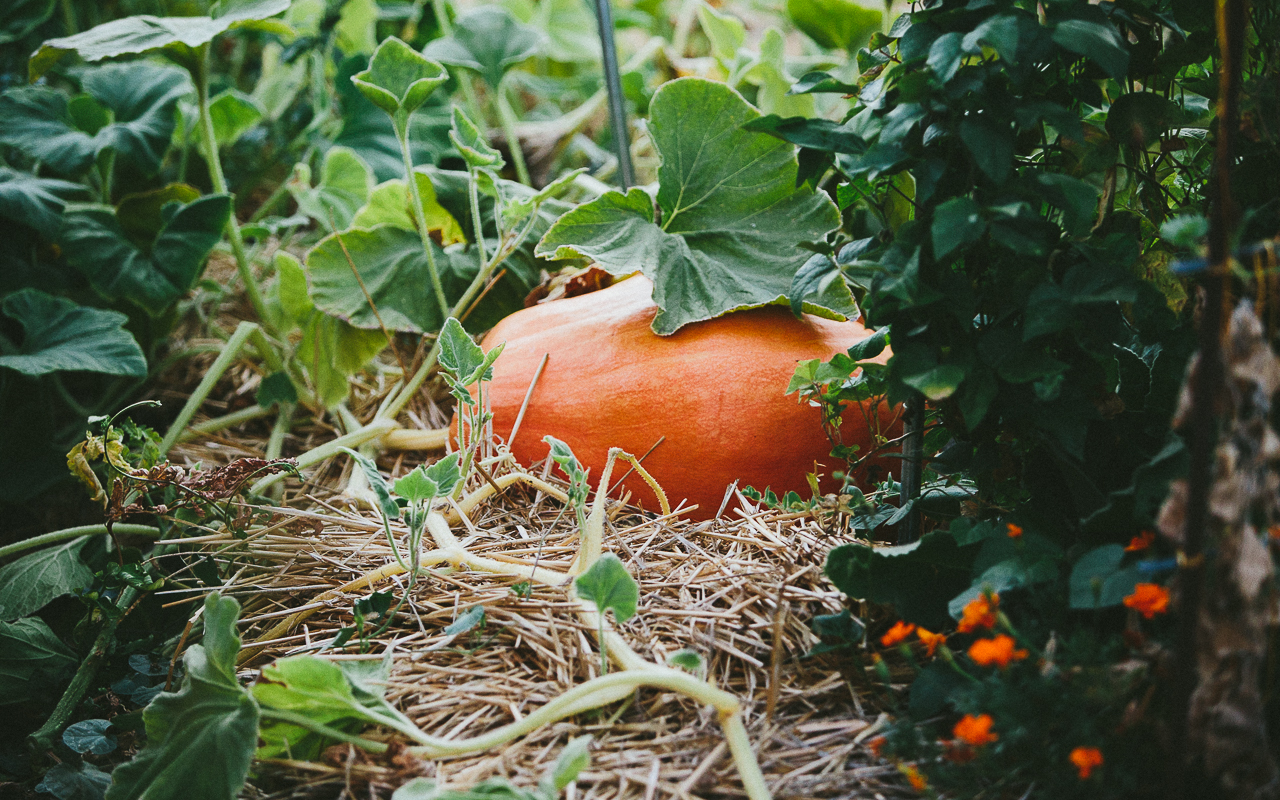
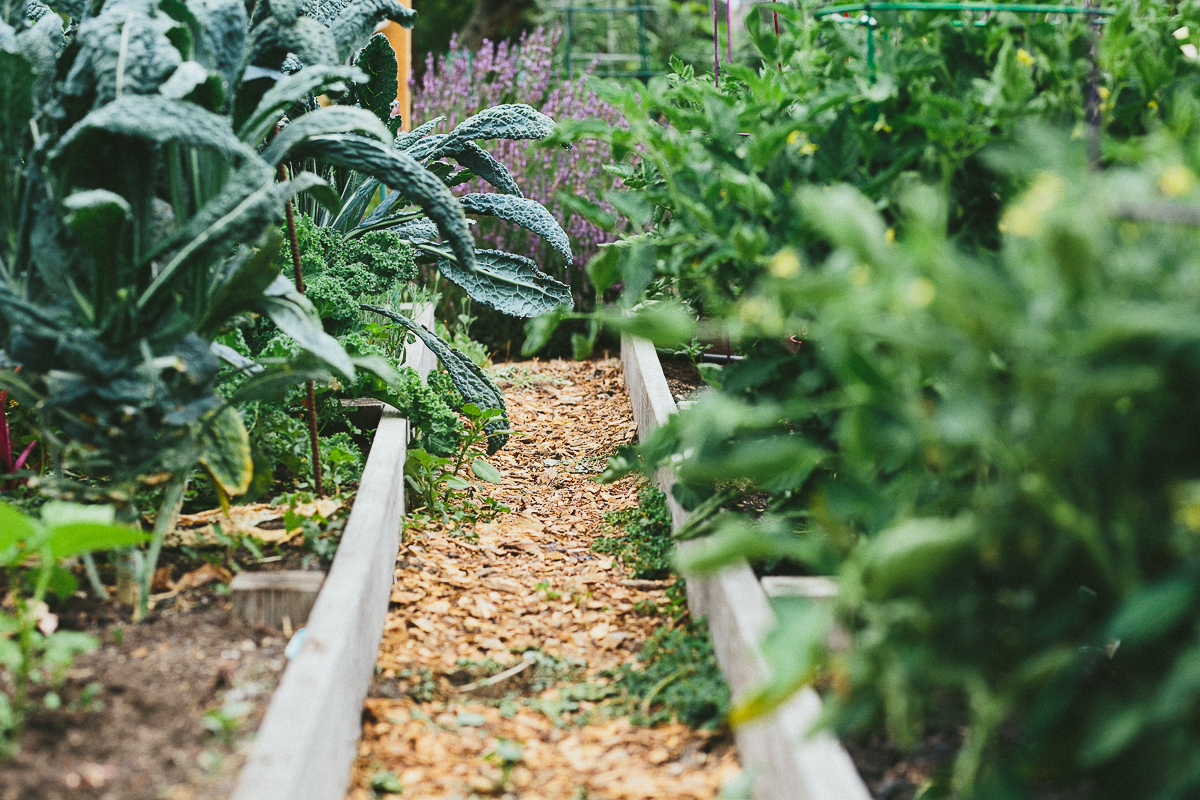
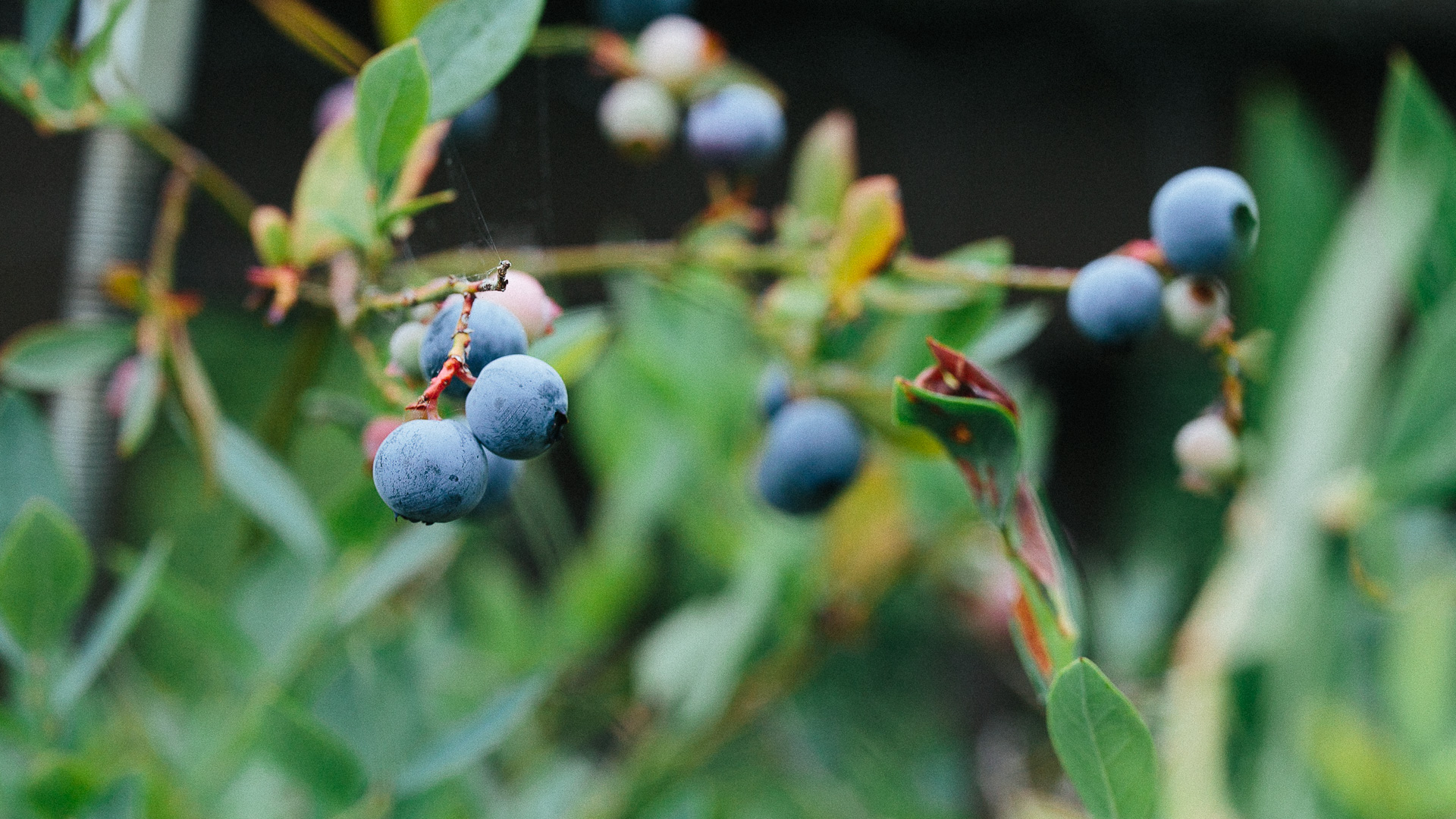
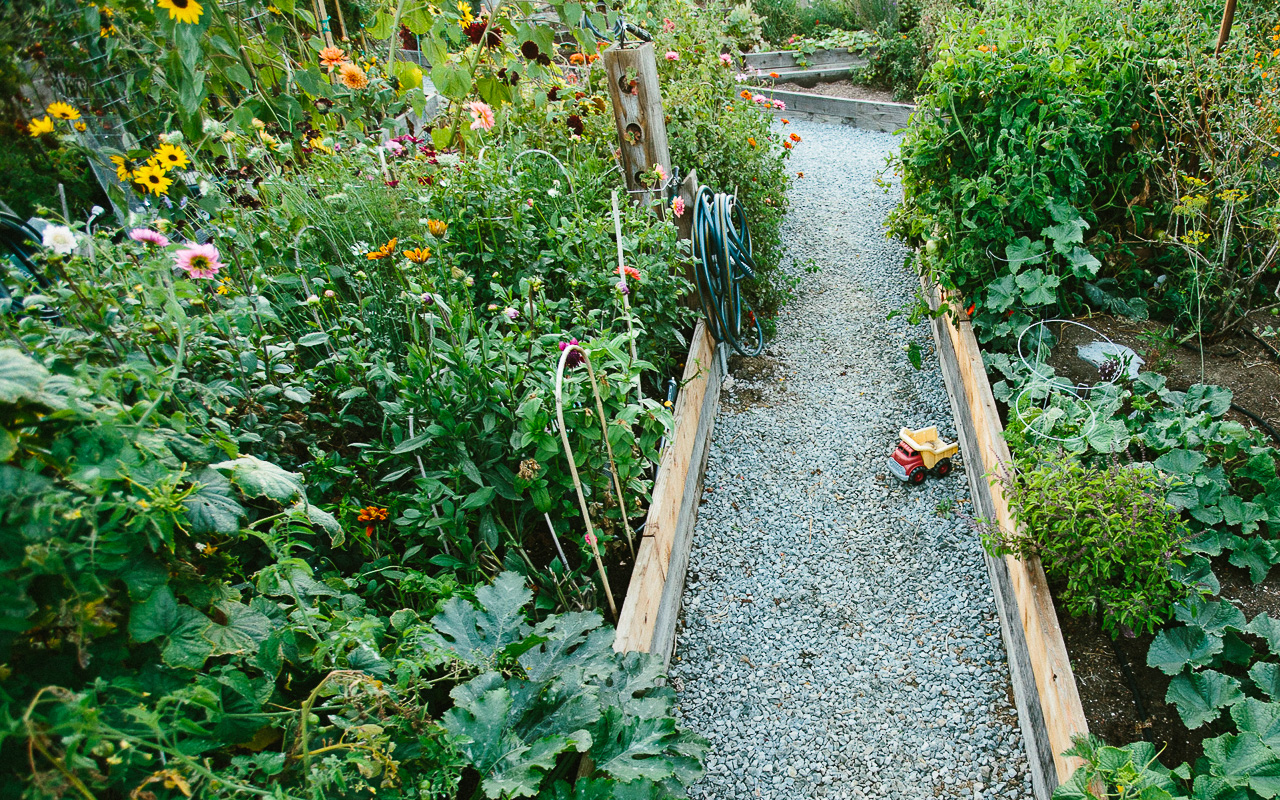
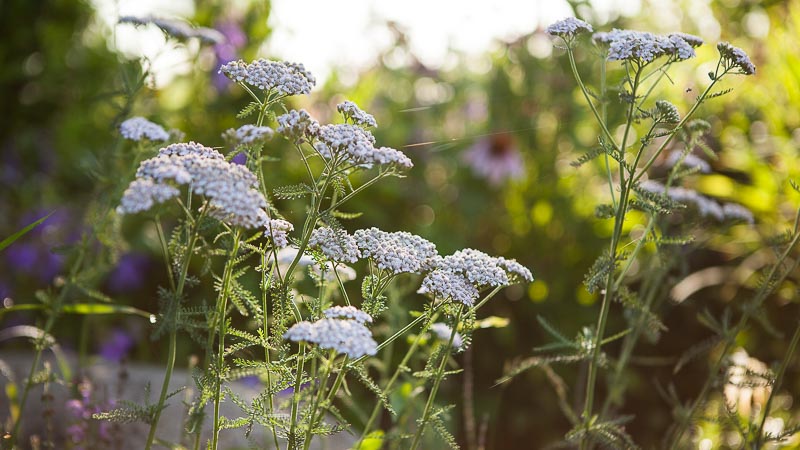
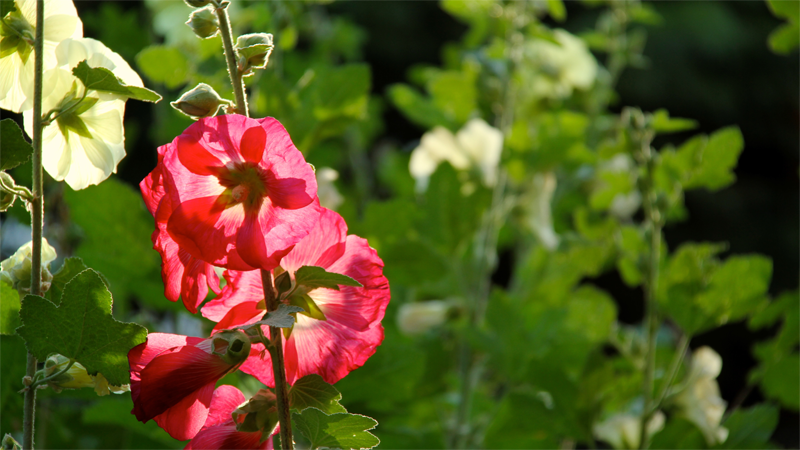
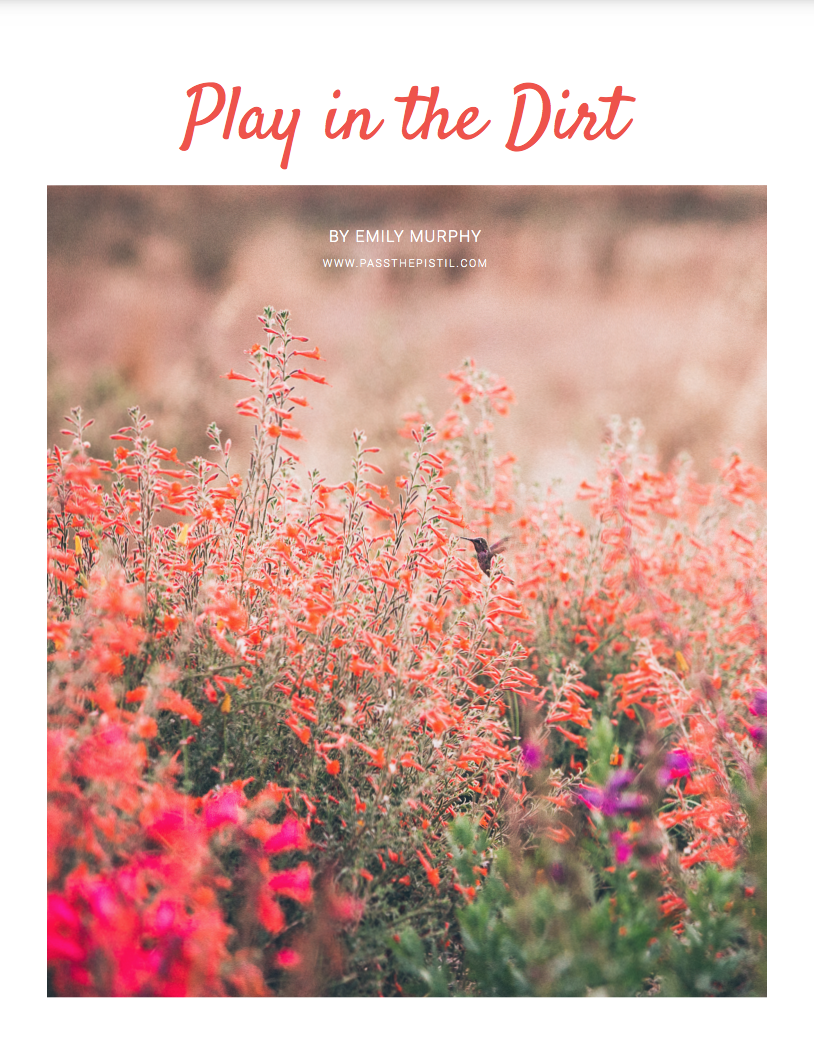
I am thinning out my iris what is the best way to store them for future planting?
Great question! Do you plan to store them a long while or replant in the next few weeks or months? In general, be sure your iris bulbs or rhizomes dry out thoroughly before storing. (1) Cut the leaves back to about 3 to 4 inches and leave the bulbs in the sun for a day or two. (2) Gently brush off excess soil with a brush or other tool but avoid using water. (3) Move them to a cool, dark place for about 2 weeks to continue drying. (4) Then you can apply an anti-fungal powder such as organic powdered sulphur, if you choose, and wrap in newspaper and store in a box or bag in a cool, dark place. If you plan to replant this spring or early summer simply let your bulbs cure using the first 3 steps. Good luck and let me know how it goes. Happy planting!